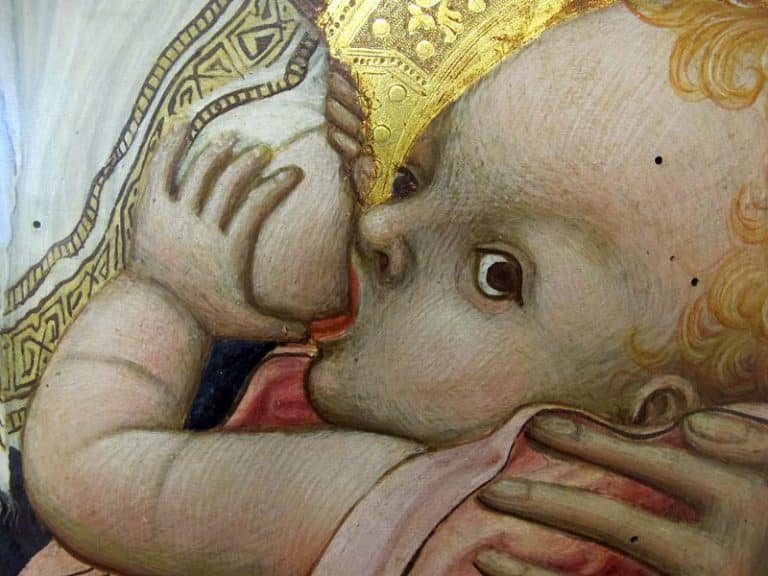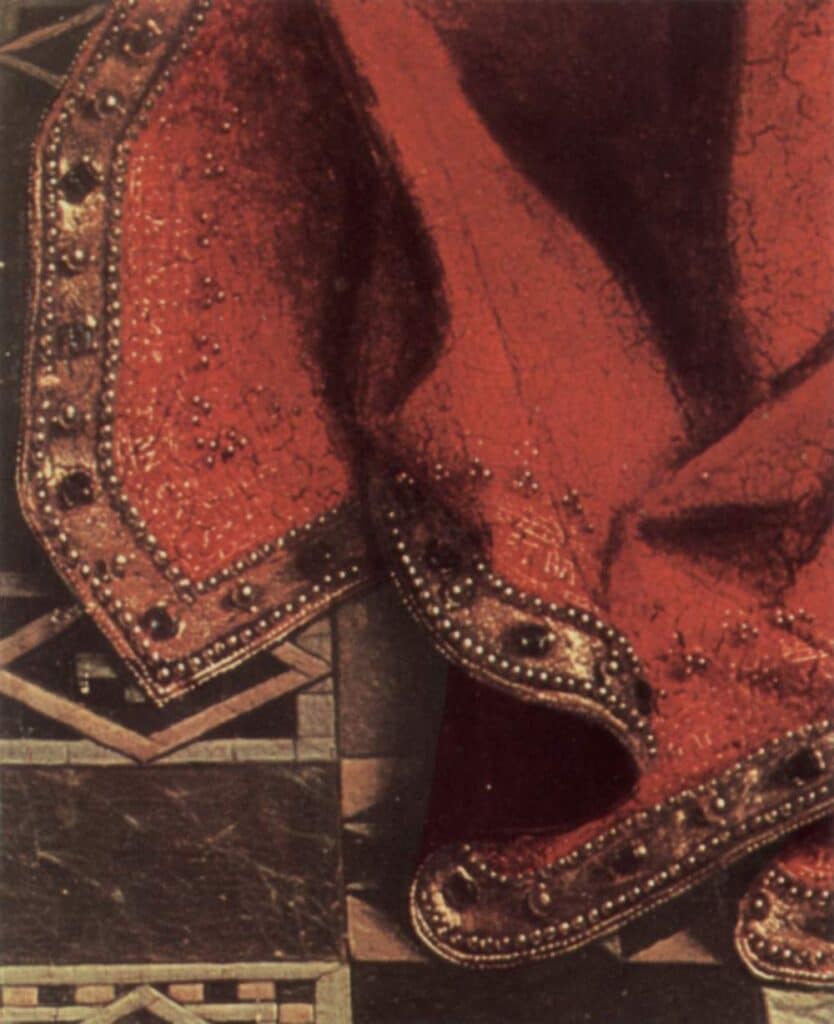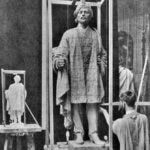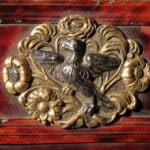From tables to canvases, the birth of oil painting
Too often a pictorial work of art is considered as a two-dimensional object, where the importance is given only to the aesthetics of its most superficial layer, the pictorial one.
In reality, a fundamental part of a painting is also its support and the technique with which it was made.
The history of art must therefore not only take into consideration trends and stylistic changes, but also the evolution of the artistic techniques used.
Essential for the realization of a work, the techniques and methods of execution provide us with substantial information such as the geographical area and the period of origin.
As for all artistic typologies, paintings too have undergone a real development, both in the supports and in the type of painting used.
In the Middle Ages the favorite supports were the wooden tables, to form large crosses or polyptychs.
Those who took care of the assembly of the boards were expert carpenters, different from the artist who
dedicated himself to the pictorial part. Great attention had to be paid to the wood species and to the section mode of the table. These steps were fundamental, as a lack of knowledge could lead to different problems. Some essences could be more easily attacked by xylophagous insects or a poor cut could lead to a quick warping of the table.
The pictorial film was not spread directly on the boards, connected to each other through pegs and glues, but it needed preparation. This consisted in the drafting of several layers of chalky mixtures and glue and, at times, of a cloth, known as embossing, in order to smooth out any defects in the wood and the connections between the boards. This procedure too was often the responsibility of specialized craftsmen. Just think how difficult it must be for an artist to work in the same environment where there was plaster in the air, which could ruin the final effect of the painting.
It was therefore up to the artist to proceed first with the drawing and then with the drafting of the pictorial film.
In the Middle Ages, tempera was the main technique.

The pigments were “tempered” (ie mixed) with water and organic substances, especially protein (as in egg tempera). In addition to tempera, spread with brushes, another technique widely used in the Middle Ages was gold leaf. Used to make the funds, it allowed a suggestive effect, with the glows given by the reflection of the candles in the half-light of the churches. The leaf was made by repeatedly striking gold coins between two skins, until it was very thin. It was therefore applied with a binder on the preparatory layer, before the drafting of the tempera.
With the modern age there was, albeit progressively, a real change, both in the supports and in the pictorial technique.
From the wooden tables, first in the form of polyptychs and then in the “square tables”, we moved on to canvases stretched with the aid of a wooden frame. This step was substantial, as it allowed the
construction of easier and lighter works, allowing greater movement. Costs were also significantly reduced, allowing clients to request works even from distant artists, who could easily send the paintings. Also in this case, the preparation layer remained, at least at the beginning, fundamental, to prevent the yarn of the canvas from emerging on the pictorial layer and to make it more stable and lasting.
The real revolution in the field of artistic techniques was precisely in painting. In fact, from tempera paints we moved on to oil painting, which resulted in a final effect and innovative methods of execution.

In fact, oil painting provided that the pigments were mixed with the so-called drying oils (especially flax, poppy and walnut), which in contact with the air have the property of hardening and transforming into a solid substance. The longer drying times compared to gouache made it possible for the artist to work differently, certainly with longer times and allowing him to return to work even after hours. The final effect was also completely different: the greater opacity and gloss of the oil compared to the tempera allowed a completely different material rendering. Originally the crests and the physicality of the brushstroke must also have been distinguishable, often missing due to the restoration interventions.
Until a few years ago, relining was among the most widespread practices. The canvases, with the passage of time, lost their tension, also causing damage to the pictorial film. To restore the tension they were glued to a new stronger canvas, through a real ironing, which very often flattened the original thickness of the color.




